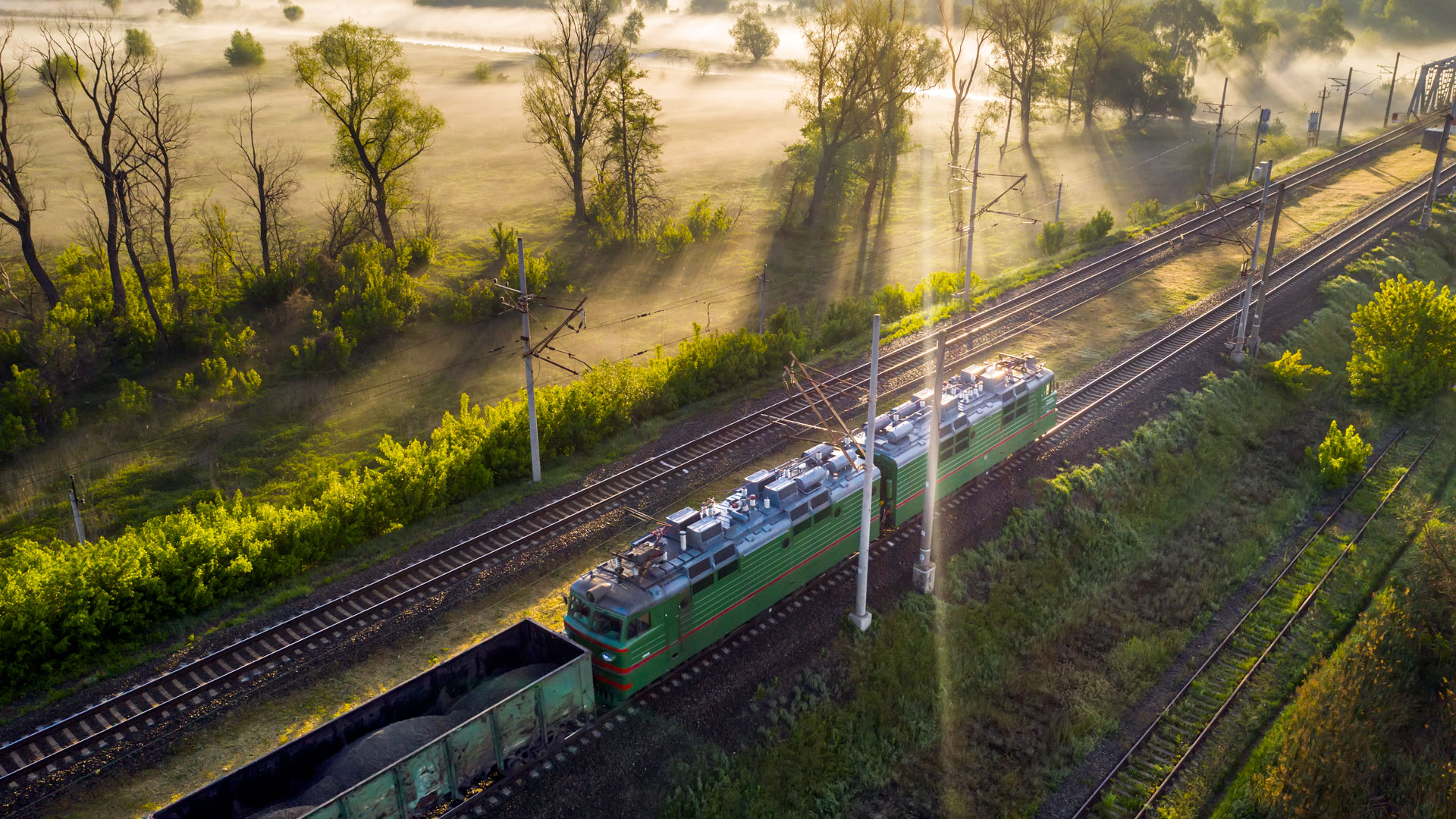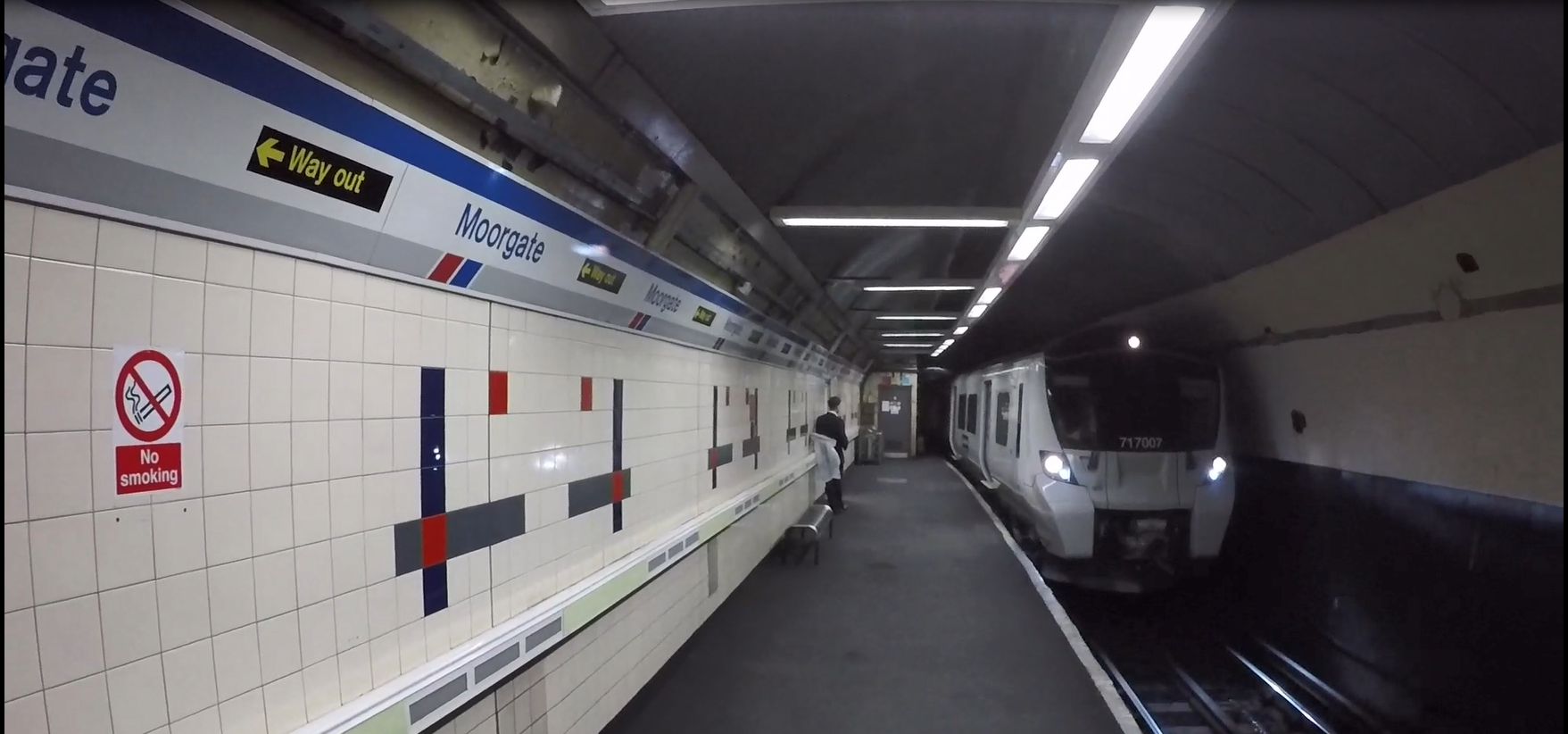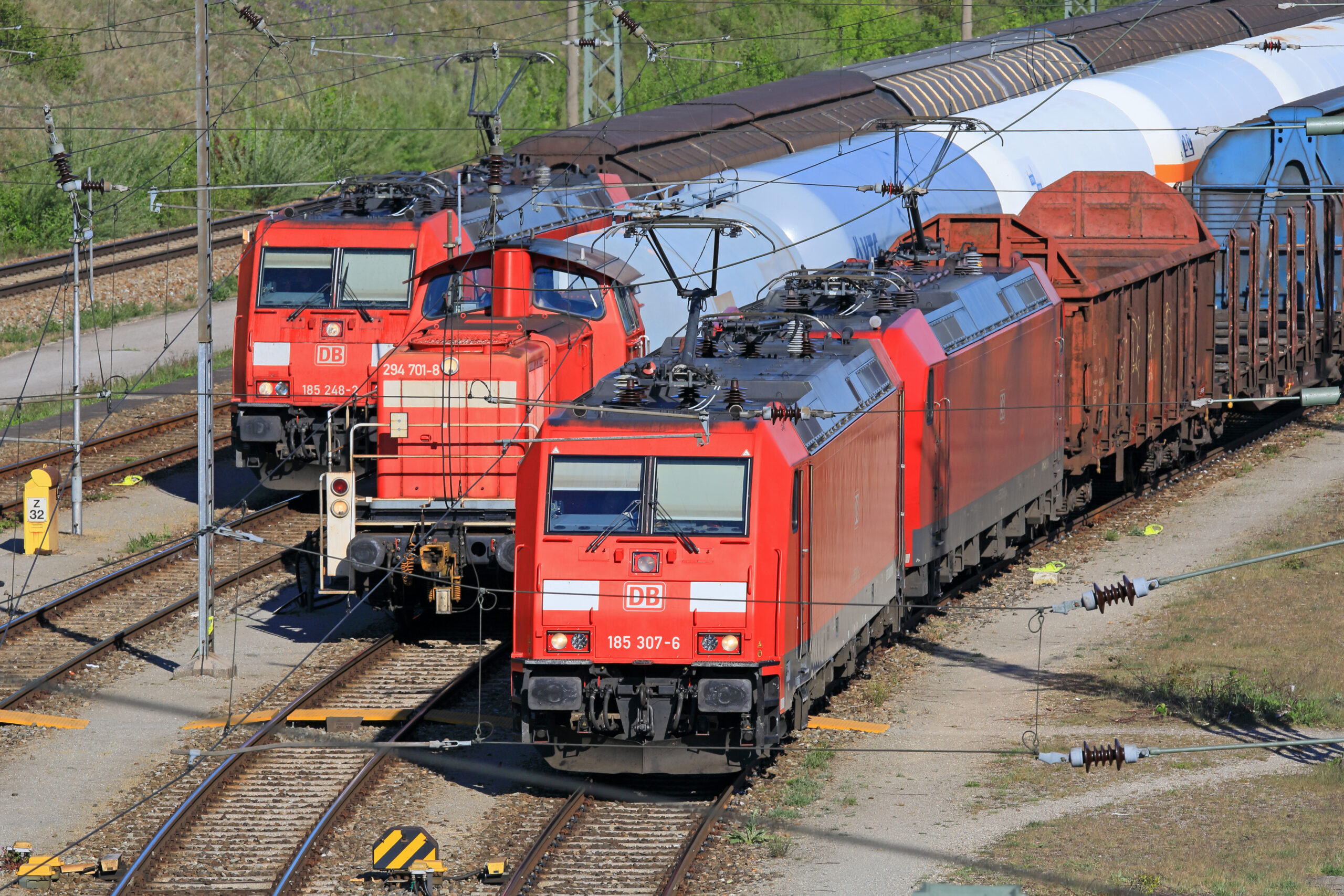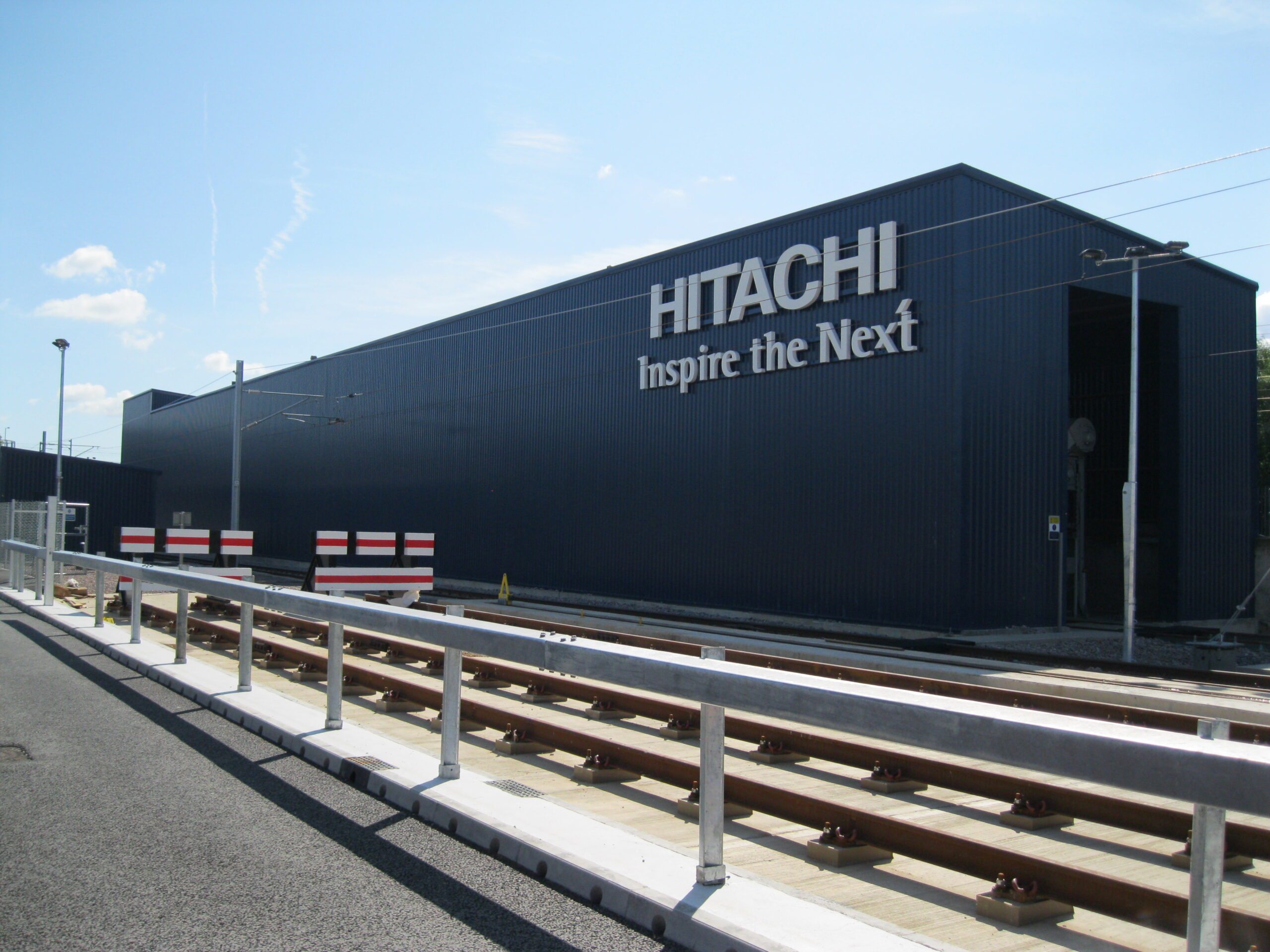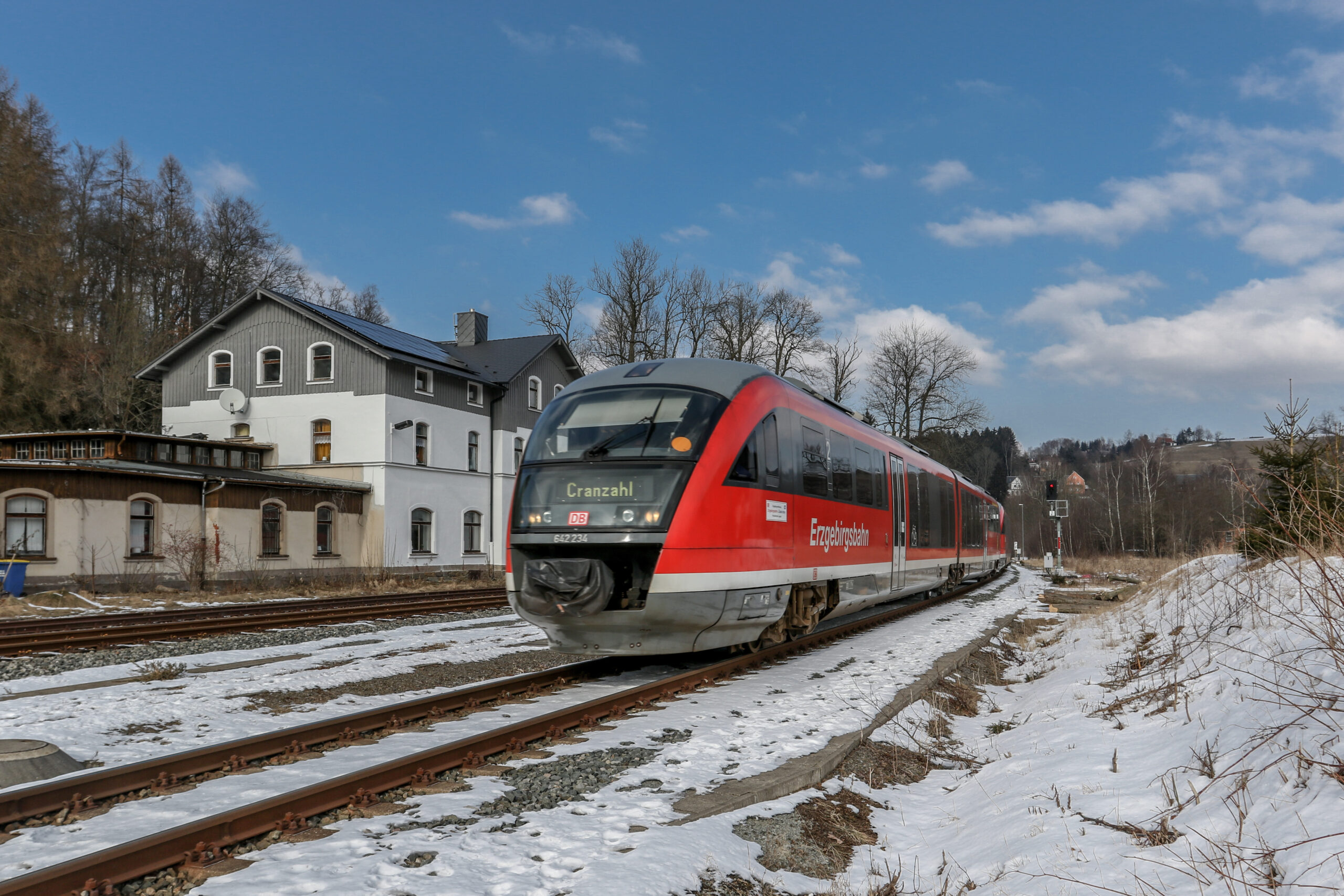The safety of rail workers undertaking essential maintenance to ensure the smooth running of mobility across our European railway networks is paramount.
Digitalisation and new technologies could be the key to getting safety on track.
Let’s set the scene by looking at current statistics from across Europe. A report on railway safety and interoperability in the EU – published in 2020 highlighted “No progress can be seen in reducing railway workers casualties since 2014 if looking at absolute figures. Each year, close to 30 fatalities are reported among railway workers. Moreover, some 60 workers are seriously injured each year. However, the fatality rate (casualties per traffic volume) shows a decreasing trend since 2014, which is, however, less pronounced for employees than for passengers.’’

That’s quite startling in terms of change when we have a wealth of technology awaiting which really could improve these figures and make serious inroads leading to positive outcomes.
If we look at rail closures for repair work to be undertaken as an example, we find that most accidents tend to occur when information is erroneously communicated. Digitalisation can remove this avoidable risk. With solutions already available on the market, traffic controllers can monitor closures by utilising real-time data to ensure the lines are only opened up again once it is safe to do so.
In addition, it is possible to introduce a visual communication channel to the closure process allowing visualisation and execution of the work and surrounding of the workers. By enabling the localisation of the user as well as relevant objects by means of an interactive map, will support work and geographical orientation in the field.
Across the European network, paperwork is still very much used as a means of communication and records. Digitalising this process is not only straightforward to achieve but carries many benefits.
Firstly, facilitating the electronic filing and signing of documentation reduces the need for paper and other obstructions to be carried into the field and protects them from the elements.
Secondly, the process is made more efficient with access to forms and templates being accessed instantly and sent via email or local Bluetooth networks. This allows for smooth handovers, transfer of information, or an urgent request being flagged or raised. All content is stored online and is accessible for all users with corresponding rights.
While many rail operators have significantly improved safety measures, with many adopting a policy of no acceptance of fatal injury in the workplace and adopted policies and measures to address this. However, more could be done, and while efforts are in place, we are still seeing severe injuries and, unfortunately, fatalities amongst our rail workers. Many advancements have been made in technology since 2014, and the rail industry would benefit from adopting these systems.
This article was originally published by Fincons Group.



